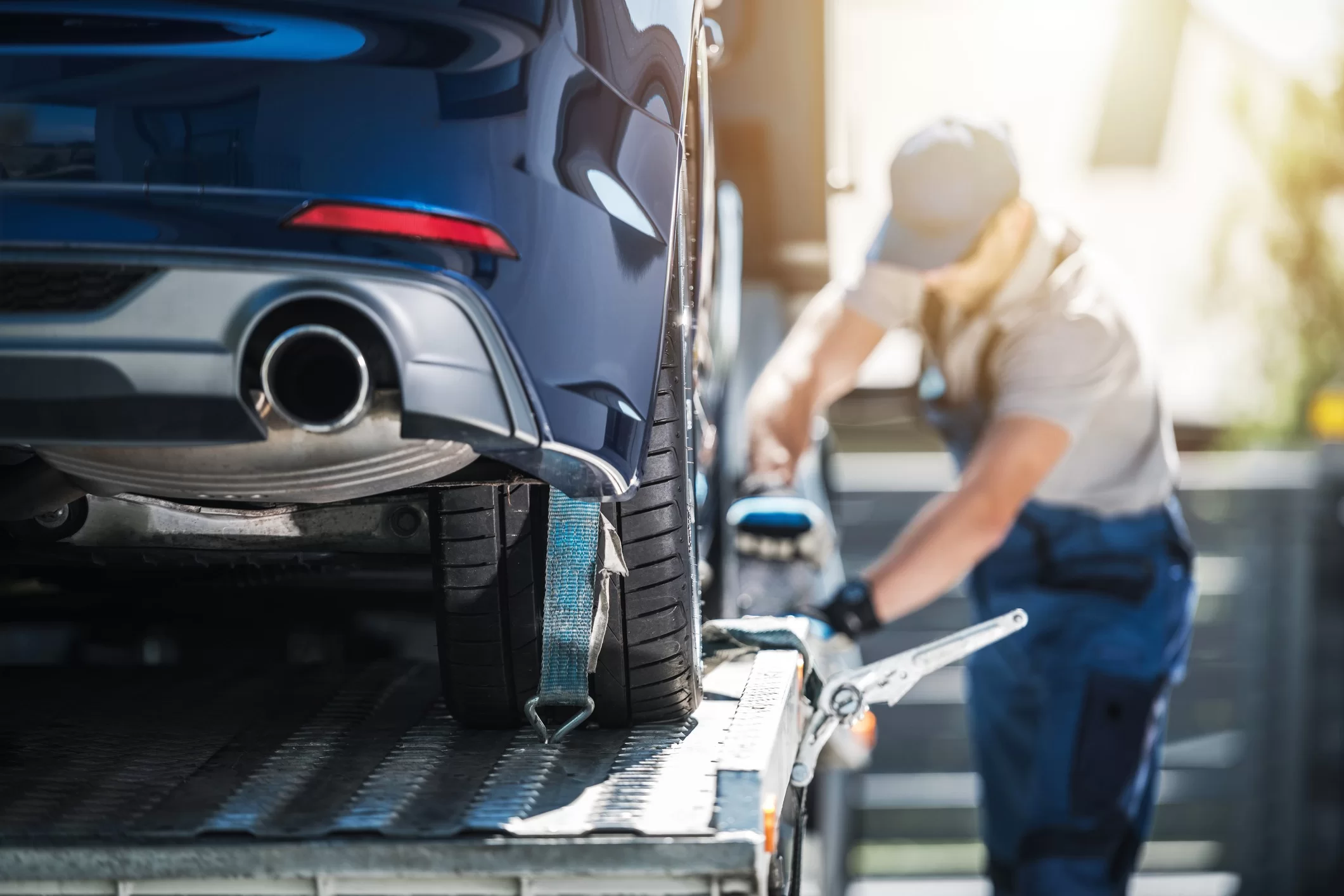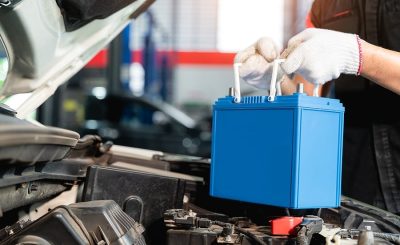Shipping a car to California from Florida is not as tough as you would think if you plan ahead. Still, a lot of forethought and organization is required. Whether you’re a seasoned pro at auto shipping or just passing through for the winter, there are a lot of choices and considerations to keep in mind to get the job done right.
There are benefits and drawbacks to cross-country shipping that you should be aware of before making a decision. When it comes to the safe management of your vehicle, making the right choices can not only save you thousands of dollars in the long run, but also provide you peace of mind. There are a wide variety of options to consider, such as which shipping method to choose and how much it will cost, as well as whether or not you need insurance.
If you need to move an automobile from California to Florida, top transportation services will provide the know-how and dependability to assuage your anxieties and give you peace of mind that your car, truck, or SUV will arrive safely. For more than two decades, Autostar Transport has set the standard for reliable long-distance auto transport. They have several different options for shipping companies so that they can accommodate almost any customer’s needs.
The Step-By-Step Guide to Shipping Your Car From Florida to California
Although Autostar Transport will handle the heavy lifting, there are a few things you should know in advance to help the initial planning of exporting your car from California to Florida go more easily.
Important Maritime Methods
Long-distance car transport can be accomplished in four common ways. Each offers its own set of benefits that you might prefer over the other. Here are some options to consider:
When you think about how cars get from the manufacturer to the lot, chances are you picture an open car conveyance. These massive trailers can typically tow ten vehicles with ease. This is the most time-efficient and cost-effective method of sending available.
When we talk about “enclosed car transport,” we’re referring to the practice of towing a vehicle in a large, fully enclosed trailer. It is completely protected from the elements and anything else that could be hazardous on the road. If your vehicle is high-end, antique, or freshly painted, this method will provide the best possible defense.
Transport from California to Florida’s terminals is a great choice for busy automobile owners who can’t be there to get their vehicle right away. This method, which requires the owner to leave the vehicle at Terminal A in California and retrieve it at Terminal B in Florida, is the only option. You can have your car picked up from the Florida terminal as soon as possible, and you have the option of selecting open, enclosed, or flatbed transport.
Door-to-door transportation is precisely what it sounds like. Carriers will pick up your vehicle right outside your California home, while in Florida they will deliver it to your doorstep or another specified spot. If you can get your car back inside the predicted drop-off window, this is a great way to avoid dealing with pickups and drops at the terminal.
How The Transport Procedure Begins
After finalizing your arrival and departure times, it’s time to start booking your transportation. While getting an estimate online from Autostar Transport is quick and straightforward, you also have the option of calling and speaking to a representative. You should now have all the information you need to make the transfer. The following information is required by the vast majority of transportation services:
- Is the car leaving a hotel or a house? The same information will be provided upon arrival.
- Having the addresses on hand will help you calculate the final cost, albeit they should have been included in the first quote.
- Leave a note with your preferred arrival and departure dates and times. If there is any chance that the time or date will need to be changed, try to leave some wriggle room.
- Once the collection date and time have been confirmed, you may either drive to the terminal or arrange for the carrier to come to you. They’ll handle loading everything in.
- As soon as the car is locked and loaded, the drive to Florida may begin.
- Pick up your car at the terminal in Florida on the agreed-upon date and time, or have it delivered to your doorstep, depending on your shipping request.
Other Important Information
The most frequent question concerning a cross-country move such as this one is how long the trip will take. Depending on where in California you leave your car and where in Florida you finish up, it could take anywhere from one to two days for every thousand miles. The distance between California and Florida is about 3,000 miles, so plan on spending three to six days making the journey.
When Should I Start The Car?
Make sure your car’s registration and insurance are up to date. Prioritizing this above all else should occur before even commencing the shipment process. Typically, the courier will want verification of both of these things before continuing.
It’s also a good idea to remove any unnecessary items from your vehicle, especially if they hold sentimental or monetary value. Because most companies will not be responsible for the contents of a car during transit, this ensures the security of its contents.
Make Sure Your Car is Locked and Secure.
It’s natural to be wary about sending your most prized possession all the way from California to Florida. Furthermore, it can be difficult to discern whether you are making the right choice due to the abundance of options. If you use a reliable transportation company, you won’t have to worry about anything.
Relax and let a professional carrier take care of transporting your car, SUV, or truck. Autostar Transport has been in business for almost 16 years, serving over 10,000 satisfied customers throughout that time. Click here for help and additional information about transporting your automobile from California to Florida, including pricing, estimated delivery time, and insurance coverage.








